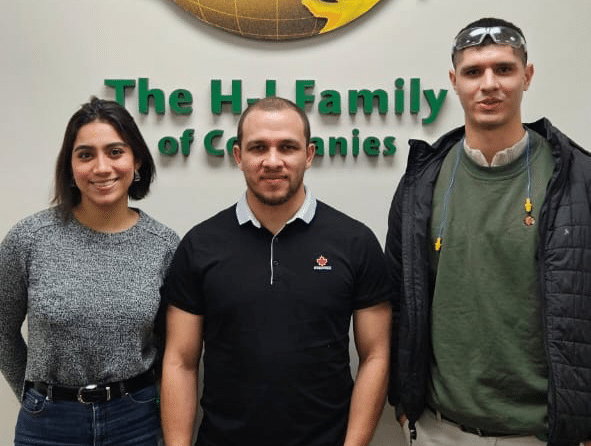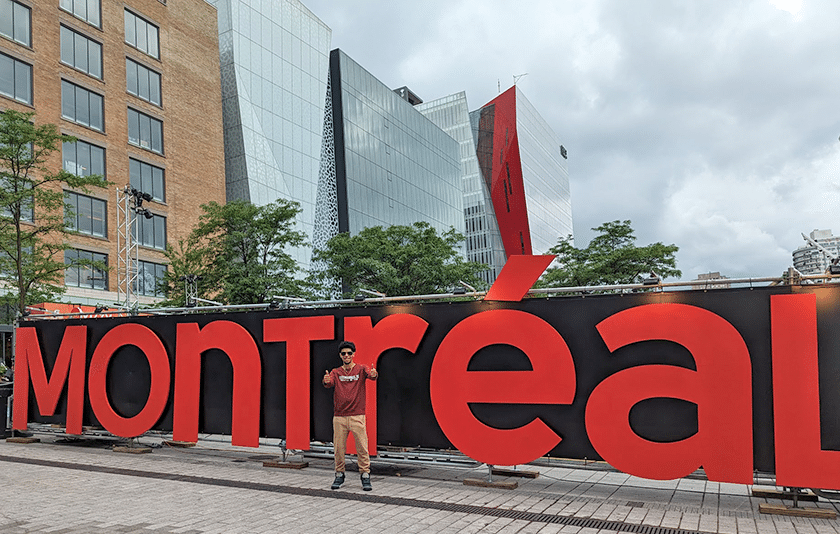Going for your visa interview at the U.S. Embassy can be nerve-racking for many people, but don’t be anxious! Although every experience is slightly different, knowing what to expect is incredibly helpful in managing those feelings. We spoke to several of our participants who have recently been through the process to find out about their interviews and see what advice they would offer to future applicants.

Photo courtesy of Pexels
Schedule Your Interview
You’ve been approved for sponsorship by InterExchange and now it’s time to schedule your interview at the embassy. Before you go to your interview, there are a few important steps you’ll have to take.
- Fill out the DS-160 form online. You should have no trouble doing this with the information we provide in your acceptance email, your SEVIS payment receipt, and your personal information.
- Read your local embassy’s website for their document requirements.
Before Your Interview
Gather Your Documents
Bringing all of the required documents is the most important thing you can do to ensure your interview goes smoothly. Most embassies will cancel your appointment (without refunding the $185 fee) if you have not brought all your documents with you.
- DS-2019 Form, printed from your InterExchange portal. Please review this document to make sure there are no errors, print it, and then sign it.
- DS-7002 Form, downloaded from your InterExchange portal. You will need to bring the official copy of the training plan that has been electronically signed by you, your host employer, and InterExchange.
- Current passport, valid for at least six months after program end date.
- DS-160 confirmation page.
- One 5 x 5 centimeter (2 x 2 inch) color photograph taken in the past six months.
- SEVIS payment receipt.
You may also be asked for the following:
- Proof of funds for the duration of your stay in the U.S.
- Proof of home ties. As the J-1 is a nonimmigrant visa, some consular officials often ask you to discuss or show proof of your intention to return home.
- Current students can often show that you need to return to continue taking courses and finish your degree.
- If you are out of school, a job offer for when you return, property ownership or the intention to go back to school for another degree may suffice.
- If none of the above apply to you, try to document close family ties and be able to discuss specific plans for after your internship is over.
This can vary greatly from country to country and consular officer to consular officer; it’s a good idea to bring this kind of documentation with you so that you will be prepared to present it if needed.
Advice: Bring a water bottle, some light food, and a book to help with the waiting time. Make sure your phone has plenty of battery. Make sure you have ALL the documents with you. Make sure you have a visa photo done BEFORE arriving at the embassy, because the service inside the embassy for a photo requires exact cash change. Make sure you plan for one to two hours for the whole process.
-Louis Ariss from the U.K.
The Day of Your Interview
Don’t be nervous! Thousands of J-1 participants successfully complete their visa interview every year. You can prepare for your day with a few simple tips.
- Dress nicely. You don’t need to wear a suit, but it is more respectful if you wear neat, clean clothes since first impressions can mean a lot.
- Arrive at the embassy early. They will serve you on a first-come, first-served basis, so if you’re lucky, you’ll be finished early as well. Early morning appointments are usually the best.
- Bring some water, a snack, and a book. Because there are sometimes long waits, you want to make sure you’re comfortable.
- Go alone. This interview is for you, not your family or your friends. (If you will be bringing a dependent on a J-2 Visa, however, they should accompany you to your interview.)
I’d advise people to take the earliest time slot in the day that they can! It’s a lot less busy in the morning. And to arrive half an hour before your time.
-Rebecca Hickman from the U.K
At the Embassy
The majority of J-1 participants find that their interview appointments are fairly straightforward. You are usually asked to submit your documents at one window; then you’ll be asked to move to another window or another room for your interview. If your documents are in order, your interview is more likely to go smoothly and quickly. The questions our participants have been asked vary, and you should be prepared to answer a number of questions about your program, your qualifications, and what your plans are for after you return home.
Here are the most common questions asked of our participants:
- What will you be doing in the U.S.?
- Tell us about any previous visits to the U.S.
- What are your plans for when you return home after your program? (It’s good to think about your plans for after your program in advance of your interview, as this is an important question.)
Although every interview is different and you should be prepared to answer all types of questions, this article should help you feel a bit more prepared. It is also a good idea to ask other people in your country who have done the same type of program for their advice, as their experience will probably be closest to yours.
Most importantly:
Be polite, be honest, and prepared on interview day! – I think that’s all they need to know.
-Filip Juric from Croatia




